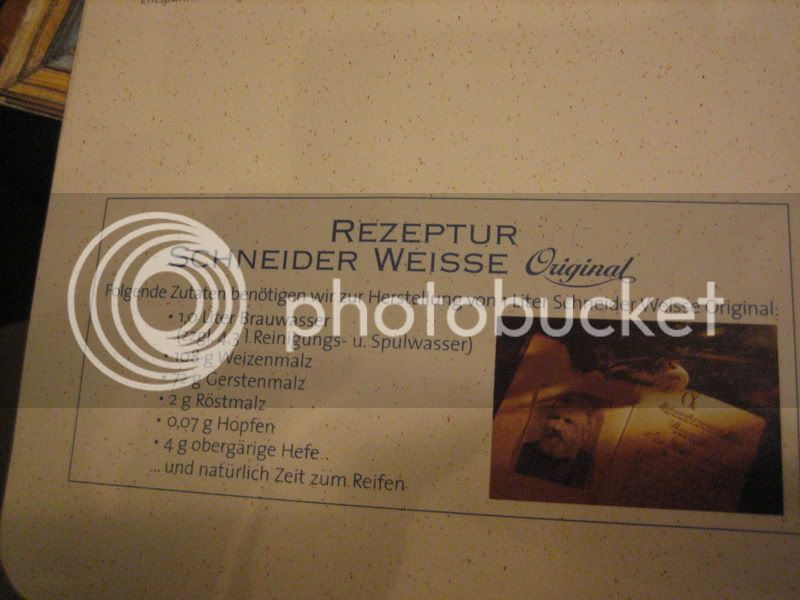doctorRobert
Well-Known Member
Feel free to skip to my summary and respond:
So, this is the third hefe I've made... the brewing classic styles recipes, and I'm not thrilled with it. I've done an extract hefe, a partial mash, and an all grain. Its one of my favorite styles so as you can see I've attempted one at each progression.
The extract was the best one. Its the only one to include dextrin specialty grains. I just listened to a basic brewing radio podcast with weyermann, which said all true german hefe's should have carahells - or what I understand to be an equiv to crystal 10L. And shouldnt be too dissimilar to dextrin malt? (is that a stretch?)
So I want to add cara hells to my recipe (or sub crystal 10L). And I also want your thoughts on 2 row vs pilsner malt. I feel like the pilsner malt made it SUPER light in color, which I dont like. I like my hefe to be a golden color, not clear. My brewing classic styles hefe's looks too clear, even with the yeast dumped in.
Lastly, is the yeast. I'm going with the Weihenstephan strain, but my favorite brewered hefe (the extract) was also the one done without a starter. I love Weihenstephan, so I'm looking for those Banana flavors, and I'm thinking that not making a starter produces the esters Im looking for. Is that true? Should I bother making a starter or not? It could also be fermentation temps, maybe I fermented too low last time (mid 60's per jamil's rec 62) - I want to go min 68-74 (let it rise) next time. But what about a starter? Is temp more to do with esters or is it "under" pitching?
So in summary:
1. Crystal 10L / Cara Hells - how much to add for a 5 gallon batch? To a typical 50/50 hefe or 60/40 wheat/pils or 2 row? I'm also looking for a maltier taste.
2. Rahr 2 row vs Pilsner ? What difference does it make in my hefe?
3. Starter or no starter? Looking for a banana flavor (wiehenstephan). But no Bubblegum.
Cheers!
So, this is the third hefe I've made... the brewing classic styles recipes, and I'm not thrilled with it. I've done an extract hefe, a partial mash, and an all grain. Its one of my favorite styles so as you can see I've attempted one at each progression.
The extract was the best one. Its the only one to include dextrin specialty grains. I just listened to a basic brewing radio podcast with weyermann, which said all true german hefe's should have carahells - or what I understand to be an equiv to crystal 10L. And shouldnt be too dissimilar to dextrin malt? (is that a stretch?)
So I want to add cara hells to my recipe (or sub crystal 10L). And I also want your thoughts on 2 row vs pilsner malt. I feel like the pilsner malt made it SUPER light in color, which I dont like. I like my hefe to be a golden color, not clear. My brewing classic styles hefe's looks too clear, even with the yeast dumped in.
Lastly, is the yeast. I'm going with the Weihenstephan strain, but my favorite brewered hefe (the extract) was also the one done without a starter. I love Weihenstephan, so I'm looking for those Banana flavors, and I'm thinking that not making a starter produces the esters Im looking for. Is that true? Should I bother making a starter or not? It could also be fermentation temps, maybe I fermented too low last time (mid 60's per jamil's rec 62) - I want to go min 68-74 (let it rise) next time. But what about a starter? Is temp more to do with esters or is it "under" pitching?
So in summary:
1. Crystal 10L / Cara Hells - how much to add for a 5 gallon batch? To a typical 50/50 hefe or 60/40 wheat/pils or 2 row? I'm also looking for a maltier taste.
2. Rahr 2 row vs Pilsner ? What difference does it make in my hefe?
3. Starter or no starter? Looking for a banana flavor (wiehenstephan). But no Bubblegum.
Cheers!



